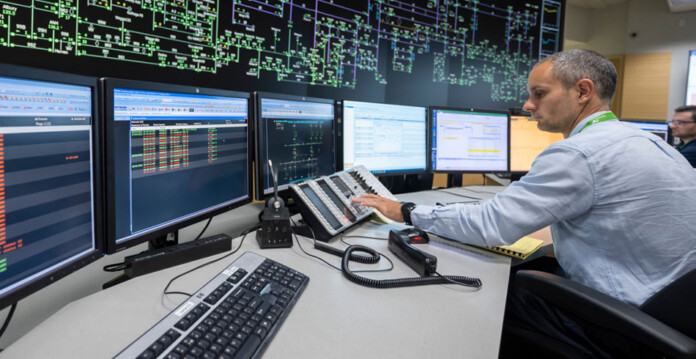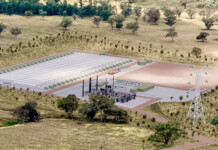A planned $167.1 million investment in control room technology upgrades will support New South Wales’ accelerated transition to renewable energy, reducing constraints that are imposed on generators to ensure grid safety and security.
The job of Transgrid’s control room operators has become increasingly complex as the grid becomes more dynamic, with wind and solar generation contributing a larger proportion of the energy mix, and consumers continuing to embrace rooftop solar, home batteries and electric vehicles.
Transgrid executive general manager of network Jason Krstanoski said the rapid transformation was testing the limitations of existing control room capabilities, which were designed around a much simpler grid dominated by unidirectional power flows from coal-fired generators.
Related article: Transgrid secures grid-stabilising synchronous condensers
“Increasing power system complexity has resulted in operators needing to process more information and manage situations that are historically unprecedented, while using tools that are not designed for this level of complexity or alarm volumes,” he said.
“This investment will increase access to cleaner energy for consumers by avoiding the need to pre-emptively impose static limits on the operation of renewable generators connected to our system, to ensure it remains within its required operating envelope.
“It will equip our operators with real-time network analysis that enables limits imposed to change dynamically, including during periods of planned outages on the state’s high voltage network.
“Combined with new switching technology that reduces planned outage duration by an average 45 minutes, the upgrades mean consumers will get the full benefit of greater access to lower cost, zero emissions energy sources that we are rapidly connecting to the NSW grid.”
The $167.1 million investment includes:
- outage management capability to reduce the impact of planned outages on generators
- system monitoring tools to improve visibility of the grid’s proximity to its operational limits
- upgraded modelling technology, enabling data to be shared more easily between different teams and systems
- more sophisticated alarms and displays to help staff notice and diagnose issues more rapidly
- an advanced simulator-based training environment to upskill and maintain control room staff experience for a variety of scenarios under different power system conditions.
Krstanoski said the control room upgrades are a critical component of Transgrid’s System Security Roadmap, a 10-year plan to ensure the secure operation of the grid at up to 100% instantaneous renewables.
“Without intervention, our control room operators could be faced with responding to more than 1,500 notifications each shift by 2030 as the energy transition progresses, and the grid becomes even more complex,” he said.
“Our plan would ensure that the number of notifications per shift is manageable, so control room operators can focus on the most critical tasks to keep the grid running smoothly for NSW and the ACT.”
Related article: Transgrid launches demand management innovation fund
The plan was identified by Transgrid as the preferred option in a Project Assessment Conclusion Report, the final stage of a detailed public cost benefit analysis to identify the most cost effective and efficient technologies for this project.
The report found the control room upgrades would deliver $118.9 million in net market benefits, including improved network utilisation.
Following completion of public consultation, Transgrid will apply to the Australian Energy Regulator for approval to implement the upgrades.







